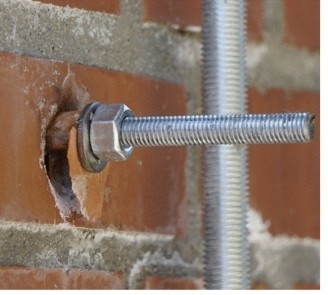“All models are wrong, but some are useful”. This aphorism coined by George Box for statistical models may also have a grain of truth about structural models. Often in telecoms structural analysis, assumptions are made to simplify the calculation process or fill in for missing data. A good engineer will ensure that these assumptions are based on sound theory and perhaps even well-established industrial design codes. However, engineers must take care to be aware of the limitations of the any assumptions employed.
As an example, analysis of telecoms structures is based on a static model, that is, checking that the structure survives under the action of an extreme load e.g., a 50-year wind event. Implicit in this design methodology is that fatigue failure is not an issue. Fatigue is the failure of a material under repetitive or cyclic loads at load significantly below loads that would cause yield: think about bending a paper clip back and forth, eventually it will snap.
There are certainly cyclic loads to consider for telecom structures: the wind is not constant; it changes direction and strength. So why do we not perform fatigue analysis for these structures? Well, the steel sizes used for telecoms structures would take a very long time to fail under fatigue for the typical cyclic stresses that they experience so fatigue is not a practical consideration. But is this true for all the components?
Consider a wall mounted antenna fixed to a brick wall by a chemical anchor (these terms should now be familiar to you from our previous blogs 😊). There are several components in that system that can experience rapid fatigue failure. Currently, it may not be practical to conduct fatigue analysis for these components, but this is where it is important that an engineer understands the limitations of the analysis model used.
For these wall anchors, we recommend that site providers and operators have a clearly defined integrity monitoring procedure for inspecting the anchors to ensure that they are still fit for purpose. The consequence of not doing this is that a day will come when you may simply be able to remove the anchor by hand! Even worse still, you may find the EMA on the ground which does not bear contemplating in a busy town centre.
Contact our expert team at: info@ka-engroup.com to learn more and discuss how we can best serve your needs.


